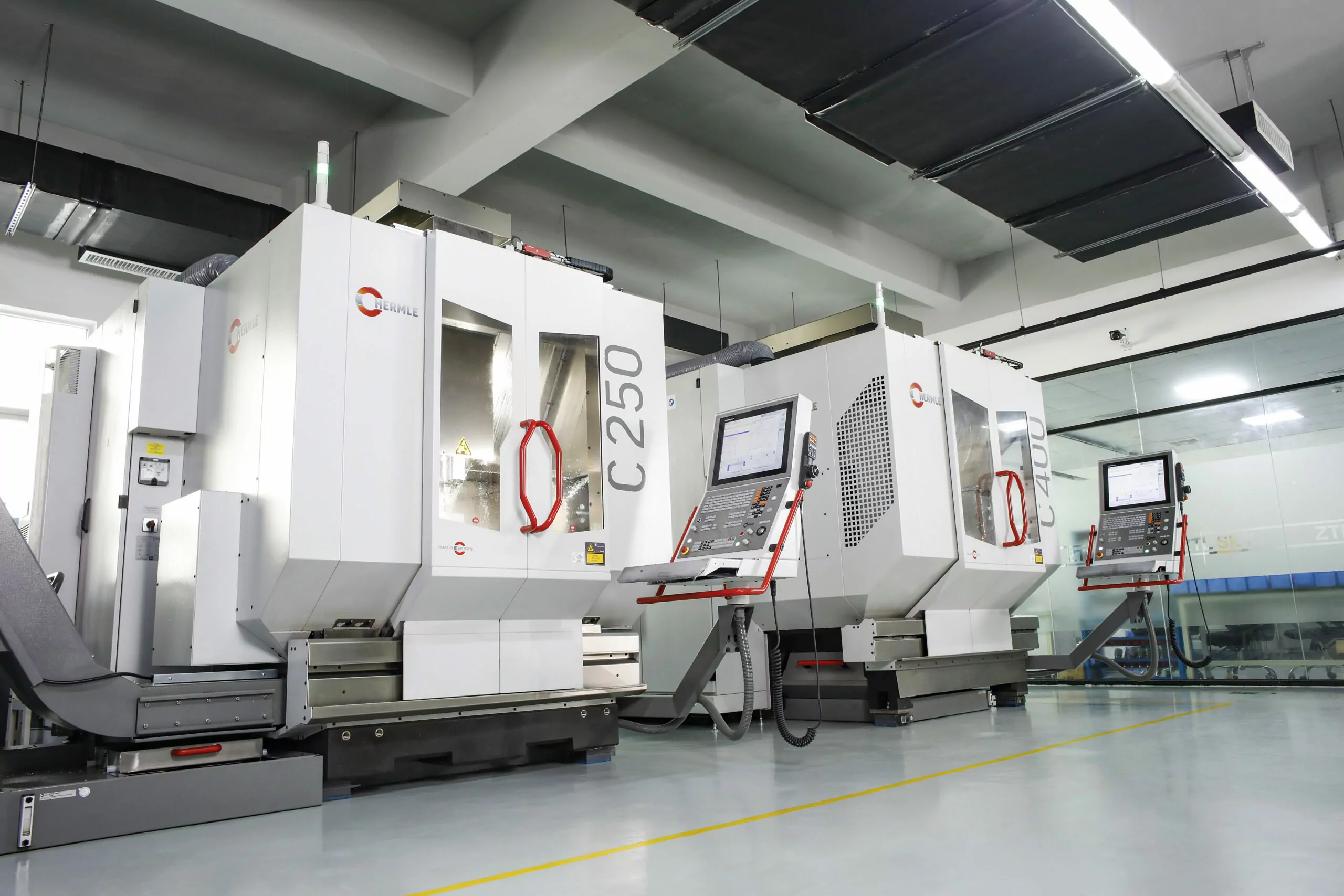I think it is necessary for you to know what is rapid prototype services.
In today's fast-paced world, where innovation is key to success, companies are constantly seeking ways to streamline their product development processes. One approach that has gained significant popularity is rapid prototyping. This technique allows businesses to quickly create physical models of their new products, enabling them to test and refine their designs before moving forward with production. In this article, we will delve into the advantages of rapid prototyping for new product development and explore how it can revolutionize the way companies bring their ideas to life.
Enhancing Design Iteration
Rapid prototyping offers a unique advantage by allowing designers to iterate on their designs at an accelerated pace. Traditional product development methods often involve lengthy design cycles, with multiple rounds of revisions and feedback. With rapid prototyping, designers can quickly create physical prototypes and gather valuable feedback from stakeholders and end-users. This iterative process enables them to identify design flaws or areas for improvement early on, saving both time and resources in the long run.
For example, imagine a company developing a new smartphone. By utilizing rapid prototyping, they can create 3D-printed models of the phone's casing, test its ergonomics, and gather user feedback. Based on this input, they can make necessary adjustments to the design, such as repositioning buttons or refining the shape for better grip. This iterative approach ensures that the final product meets the needs and preferences of the target market.
Reducing Time to Market
Time is of the essence in today's competitive business landscape. Rapid prototyping allows companies to significantly reduce their time to market by expediting the product development process. By quickly creating physical prototypes, businesses can validate their ideas and make informed decisions about the feasibility and market potential of their products.
Consider a company developing a new kitchen appliance. Through rapid prototyping, they can create functional prototypes to test the appliance's performance and usability. By identifying any issues early on, they can make necessary modifications and ensure that the final product meets the desired quality standards. This streamlined process enables them to bring their product to market faster, gaining a competitive edge over their rivals.
Cost Savings through Error Detection
Rapid prototyping not only saves time but also helps businesses save costs by detecting errors and design flaws early in the product development cycle. By creating physical prototypes, companies can identify potential issues that may not be apparent in digital simulations or drawings.
For instance, a company developing a new automobile can use rapid prototyping to create scale models of the car's components. By physically testing these models, they can identify any structural weaknesses or manufacturing challenges. This early detection of errors allows them to make necessary adjustments before investing in expensive tooling or production processes. By avoiding costly mistakes, companies can optimize their resources and minimize financial risks.
Enhancing Communication and Collaboration
Rapid prototyping serves as a powerful communication tool, facilitating collaboration between different stakeholders involved in the product development process. By having a physical prototype in hand, designers, engineers, marketers, and other team members can better understand and visualize the product's features and functionalities.
For example, a company developing a new wearable device can use rapid prototyping to create a functional prototype that showcases its design, user interface, and interaction capabilities. This prototype can then be shared with potential investors, partners, or focus groups, allowing them to provide valuable feedback and insights. This collaborative approach fosters a shared understanding of the product vision and ensures that everyone is aligned towards the same goal.
In conclusion, rapid prototyping offers numerous advantages for new product development. By enhancing design iteration, reducing time to market, saving costs through error detection, and enhancing communication and collaboration, this technique empowers companies to bring their ideas to life more efficiently and effectively. As technology continues to advance, rapid prototyping will undoubtedly play a pivotal role in shaping the future of product development across industries.

